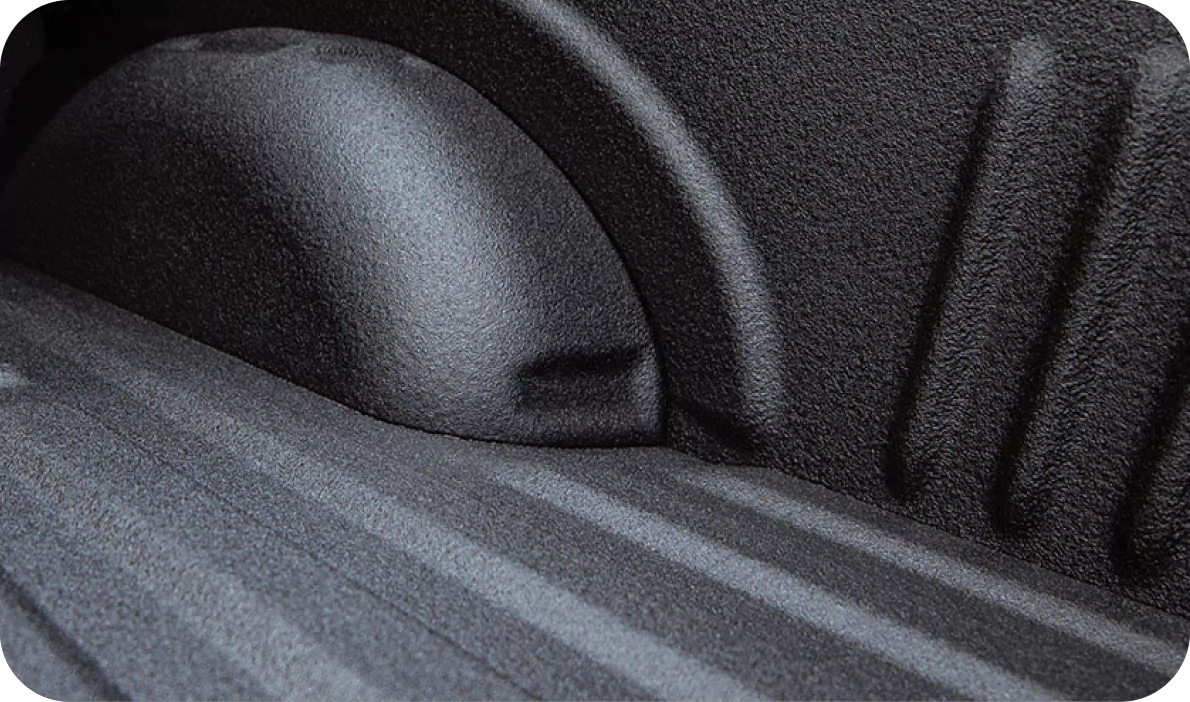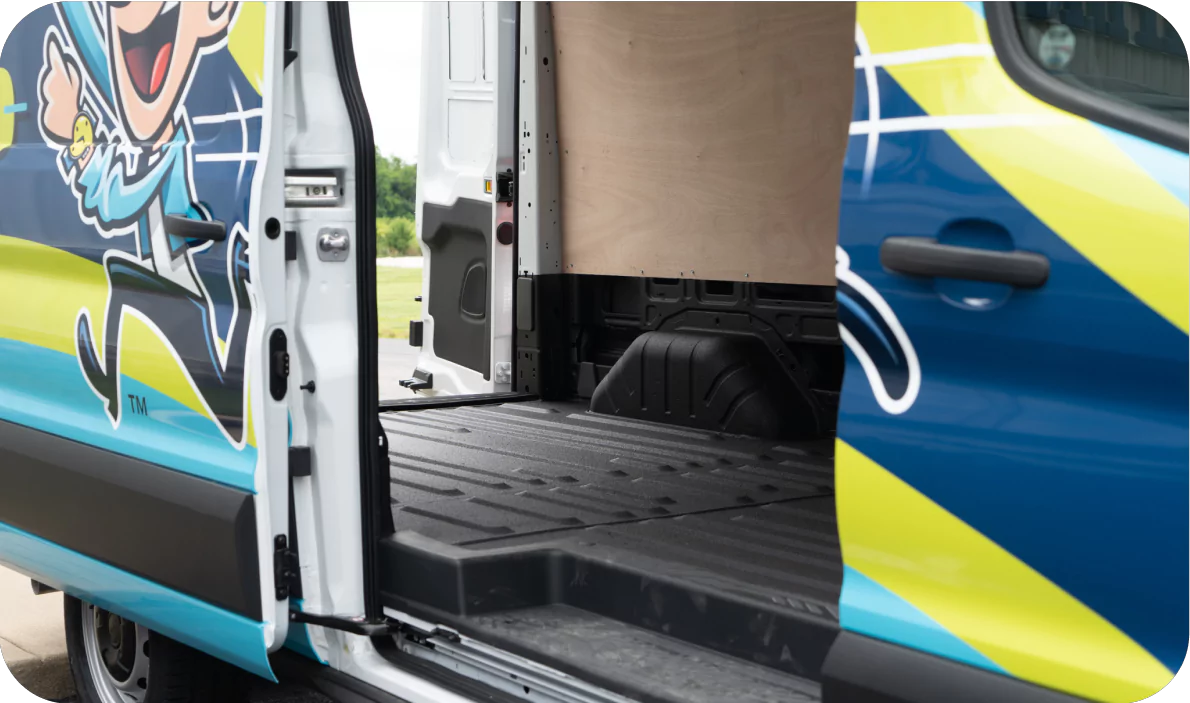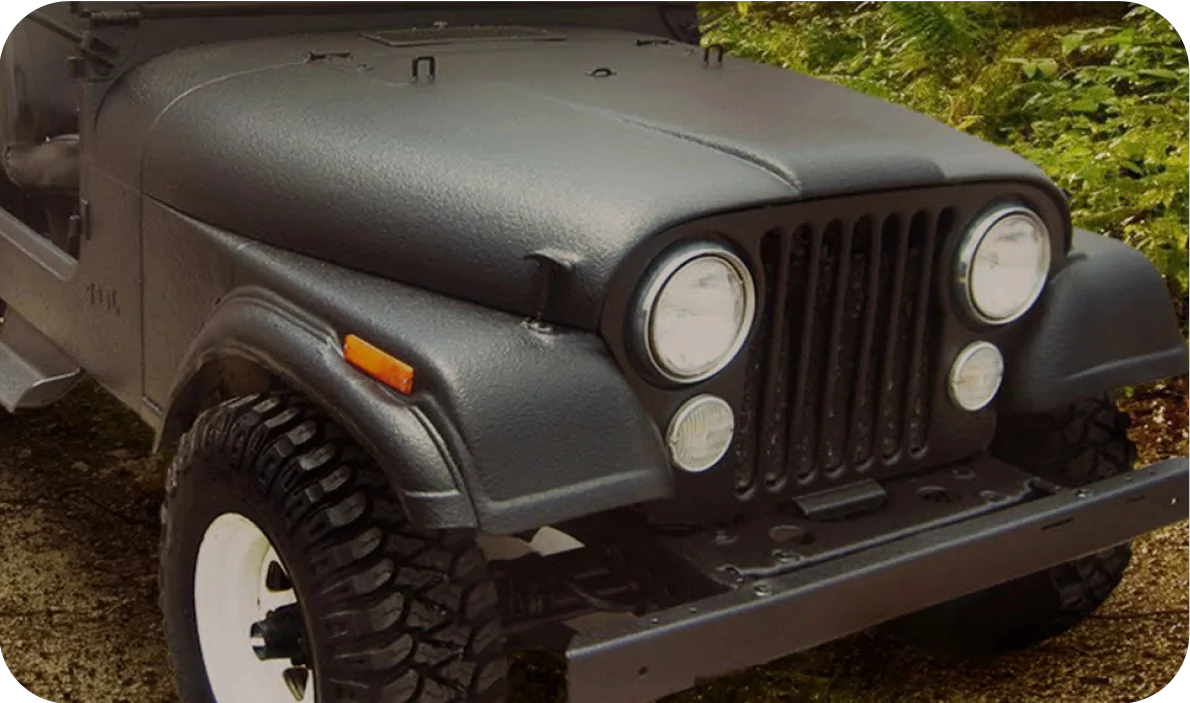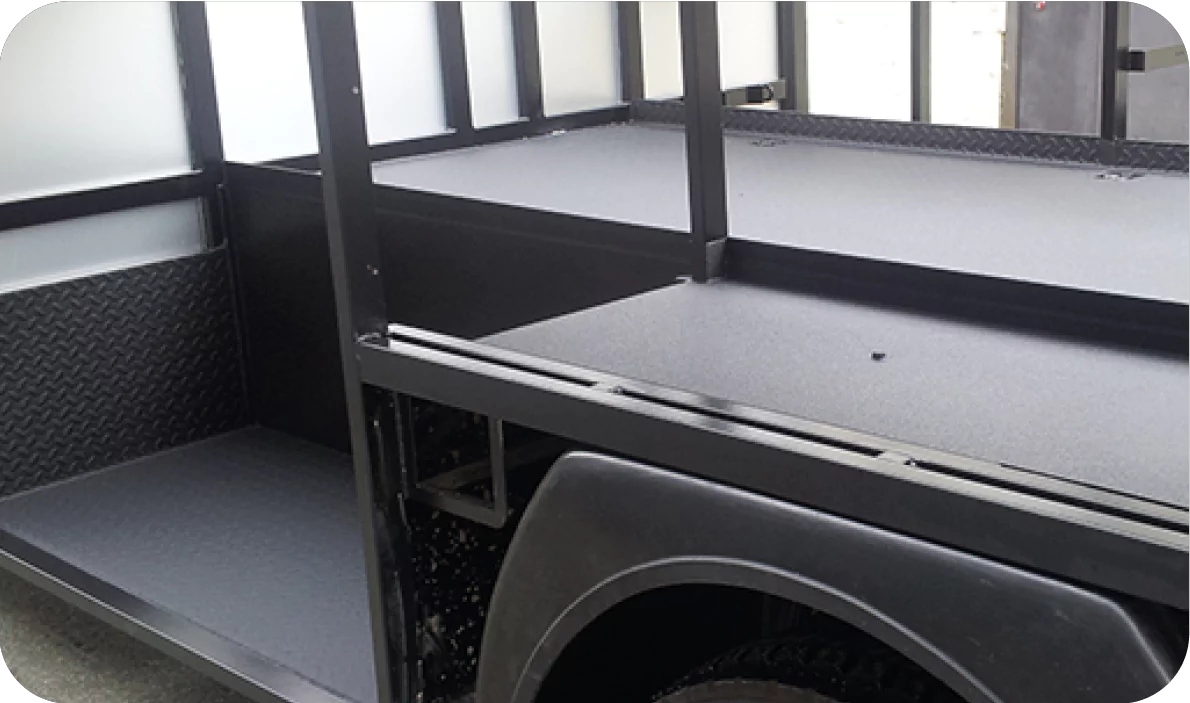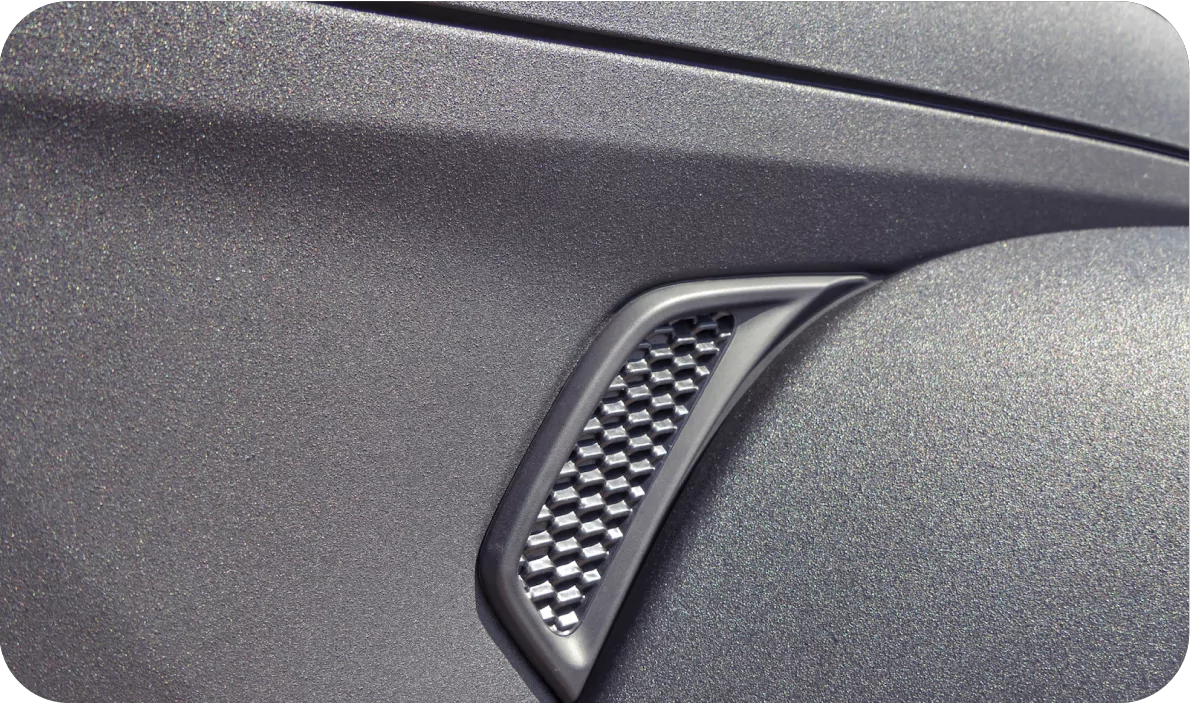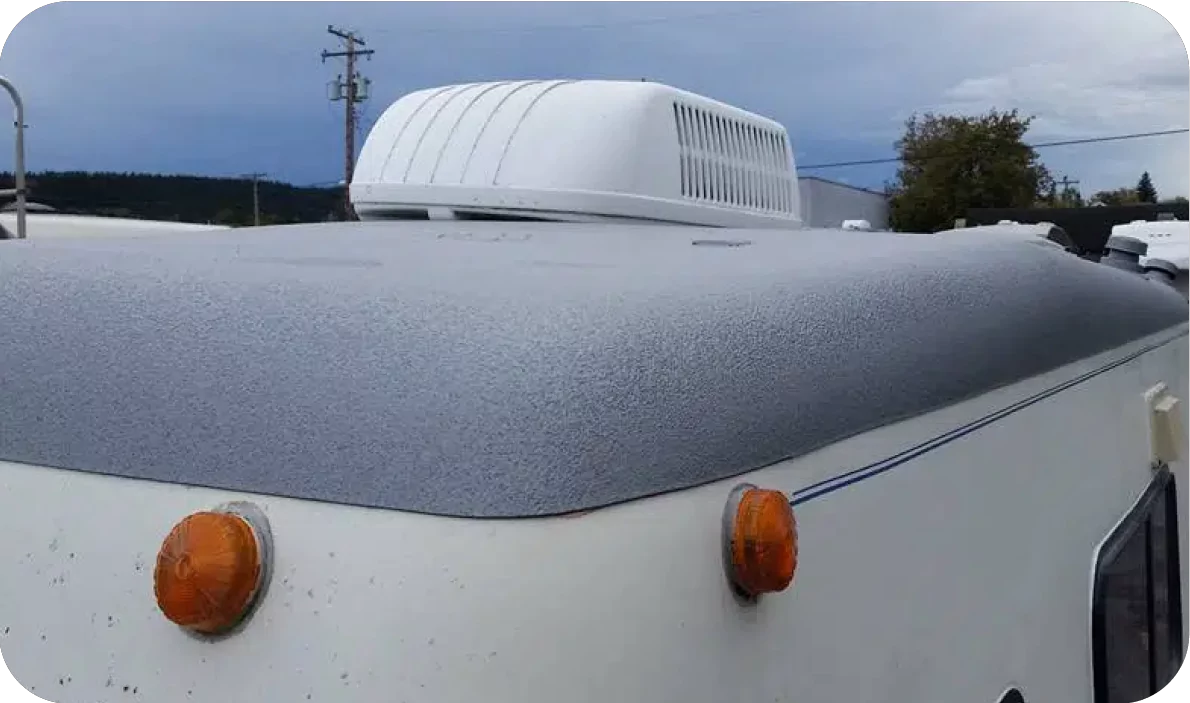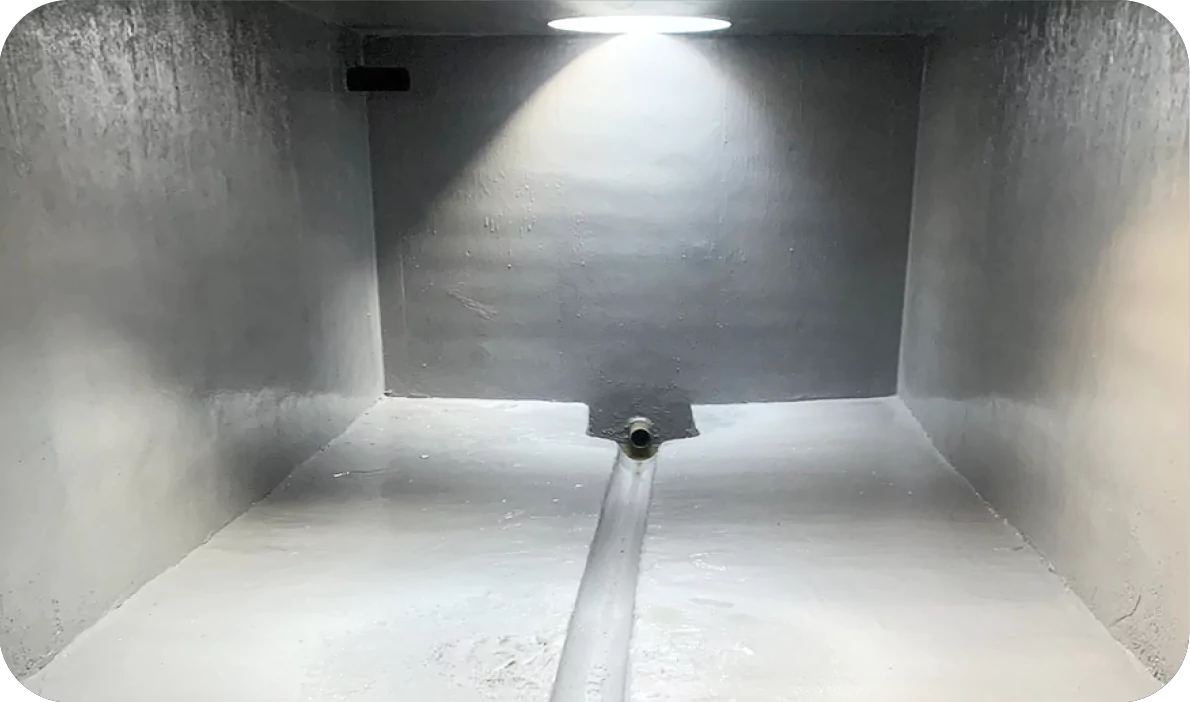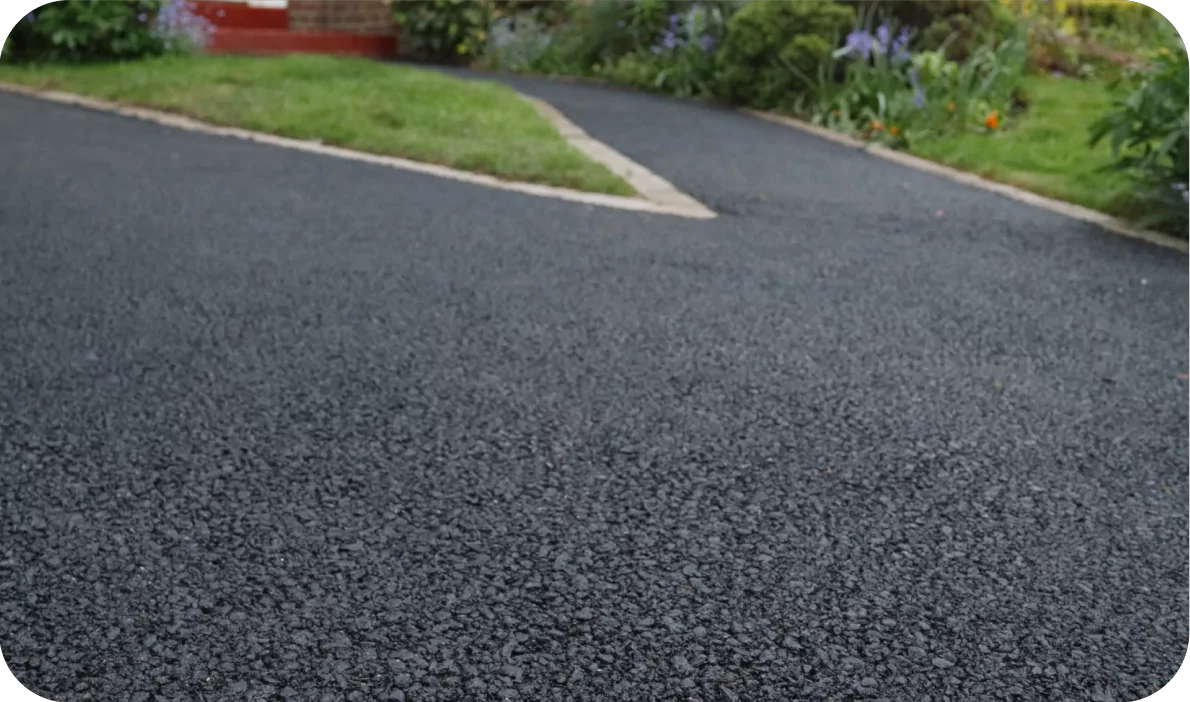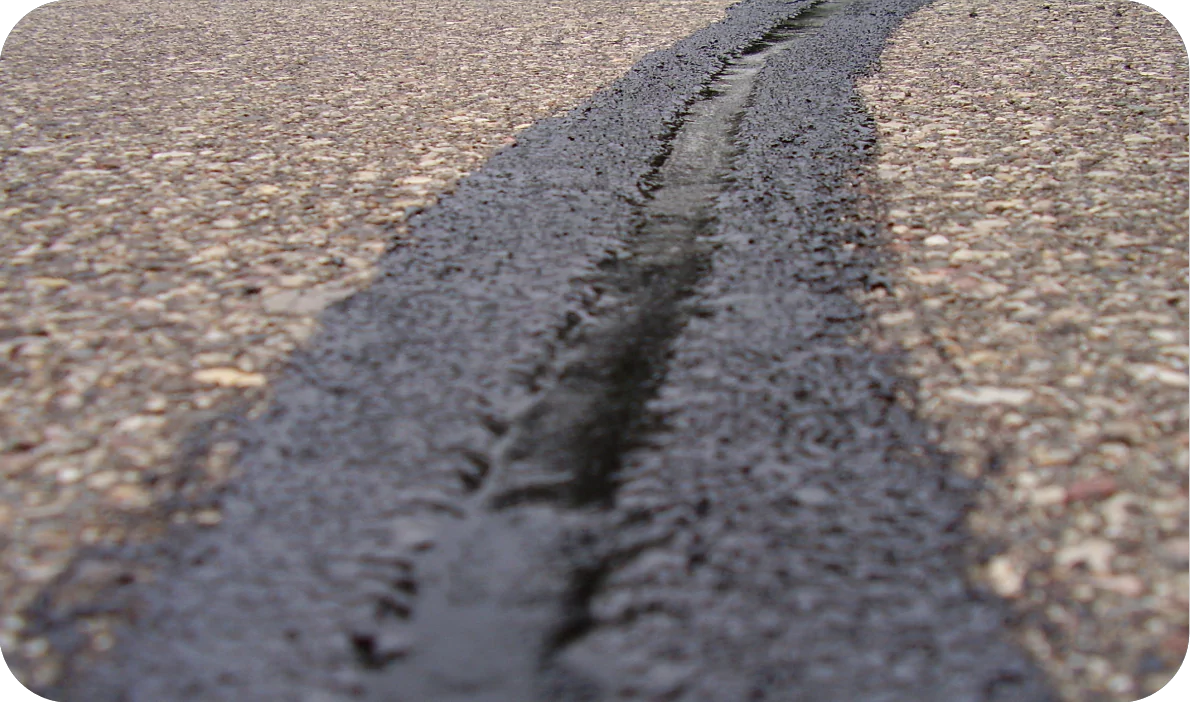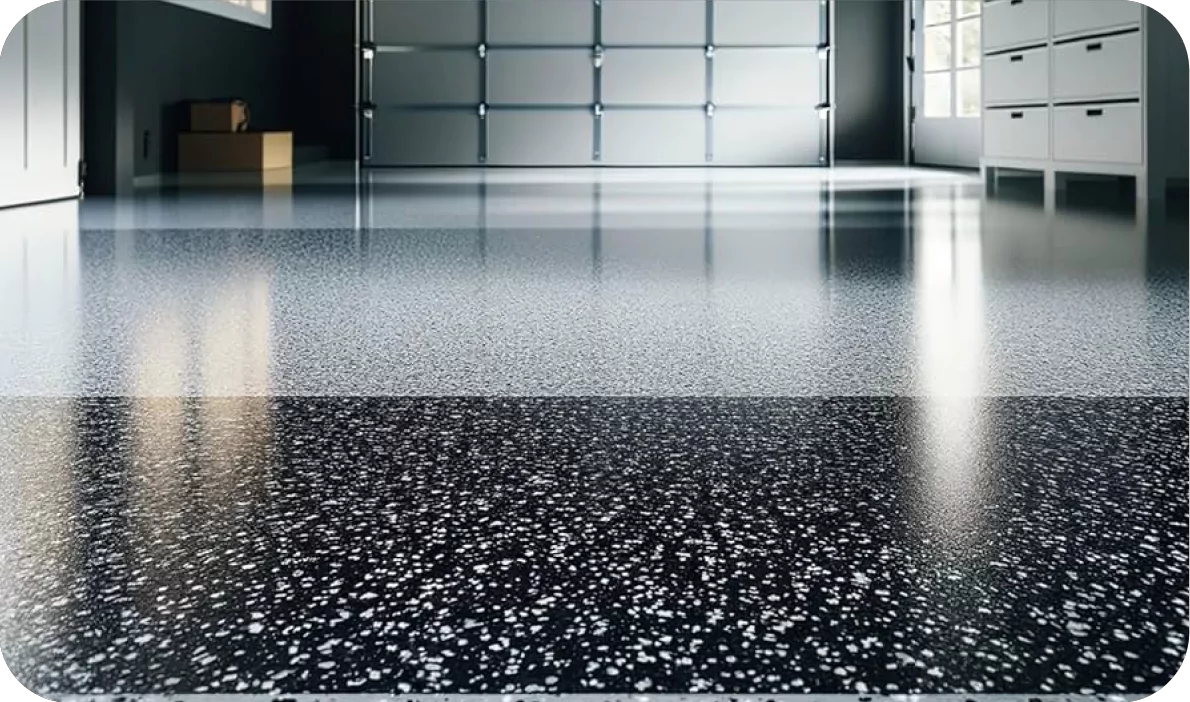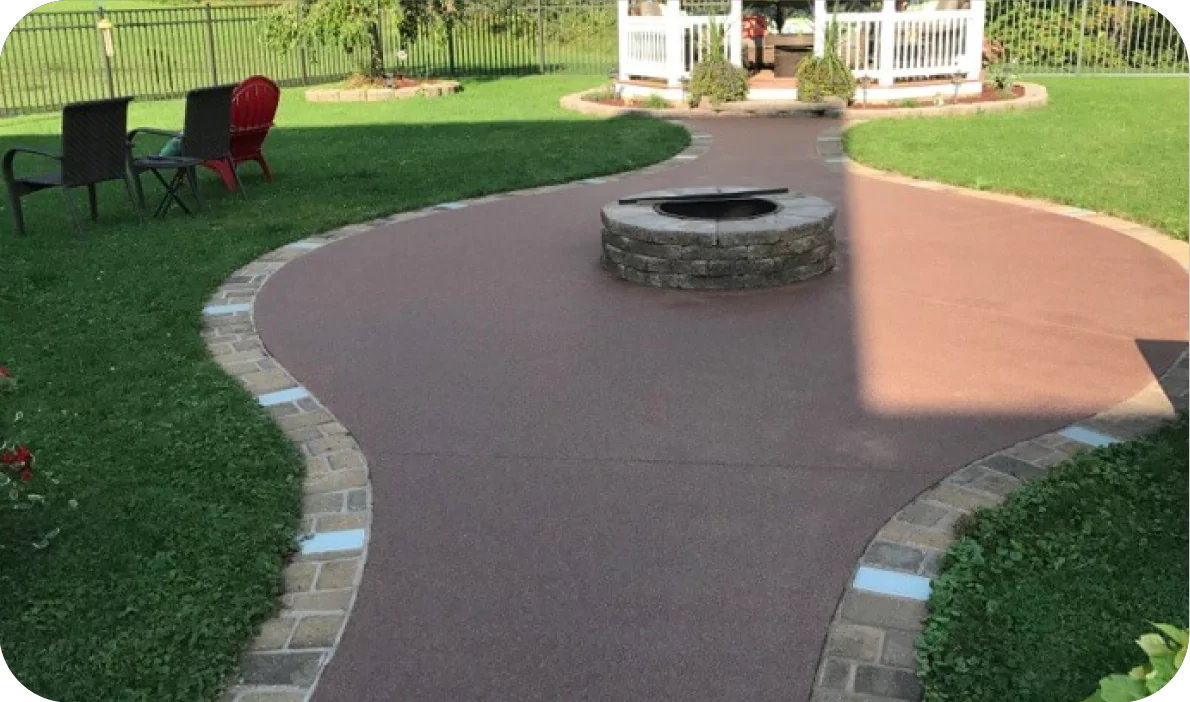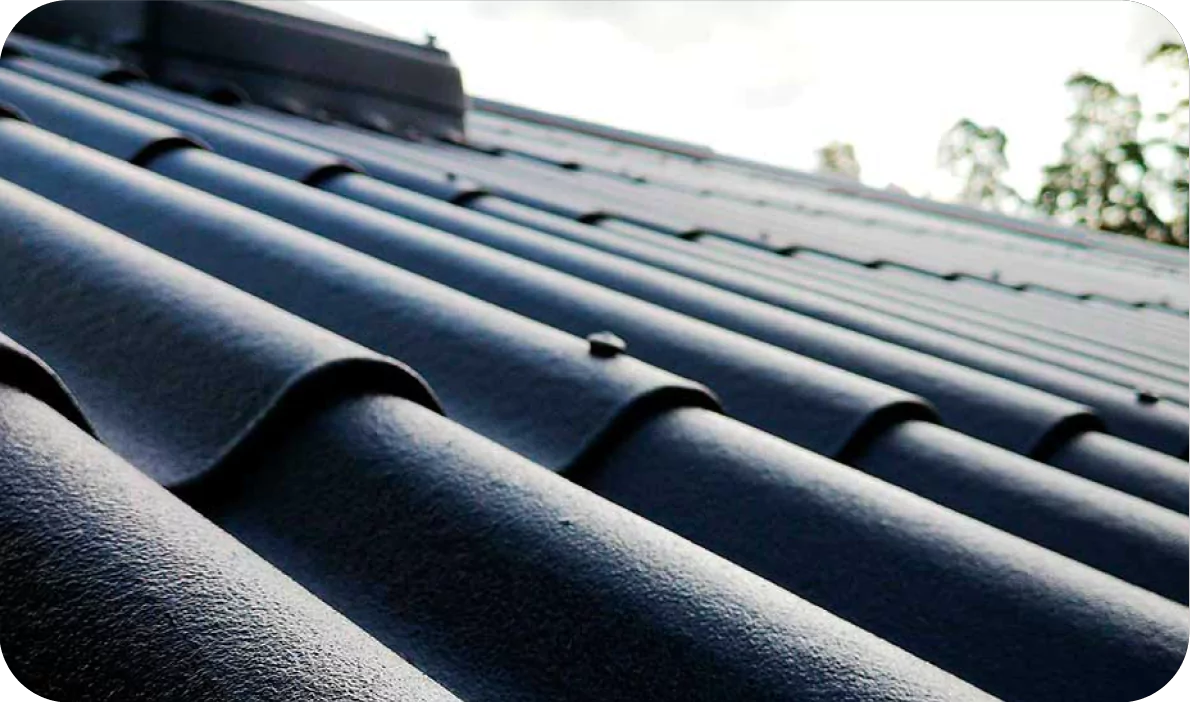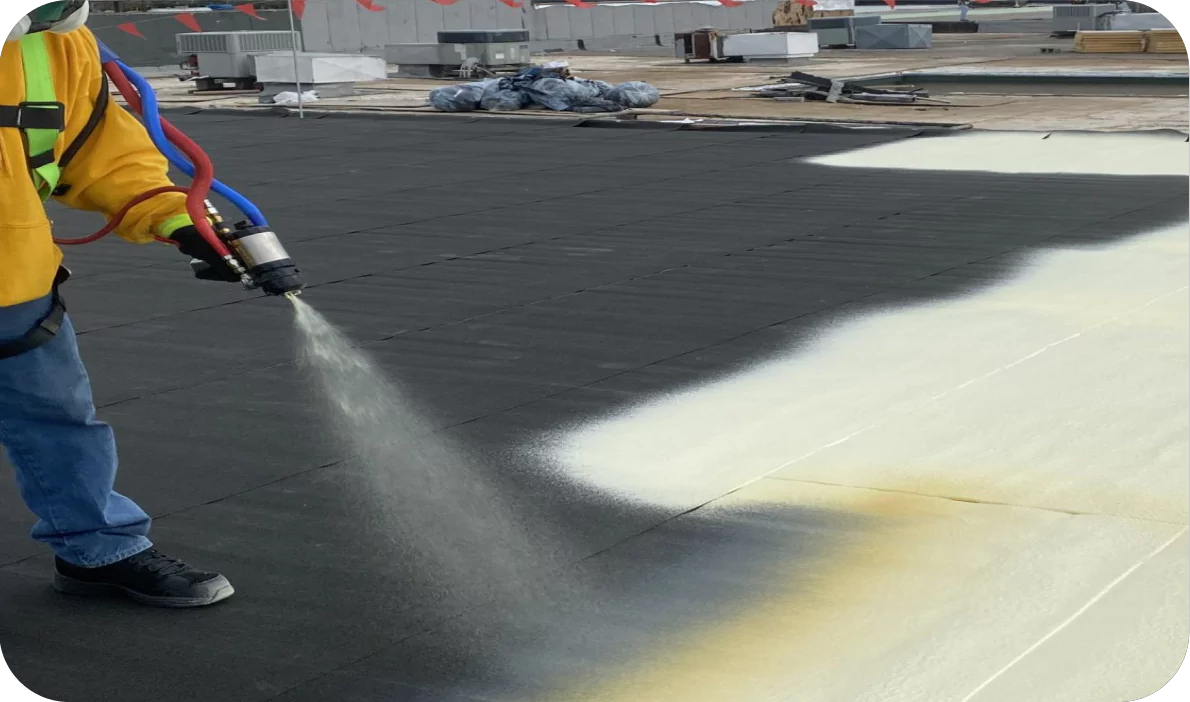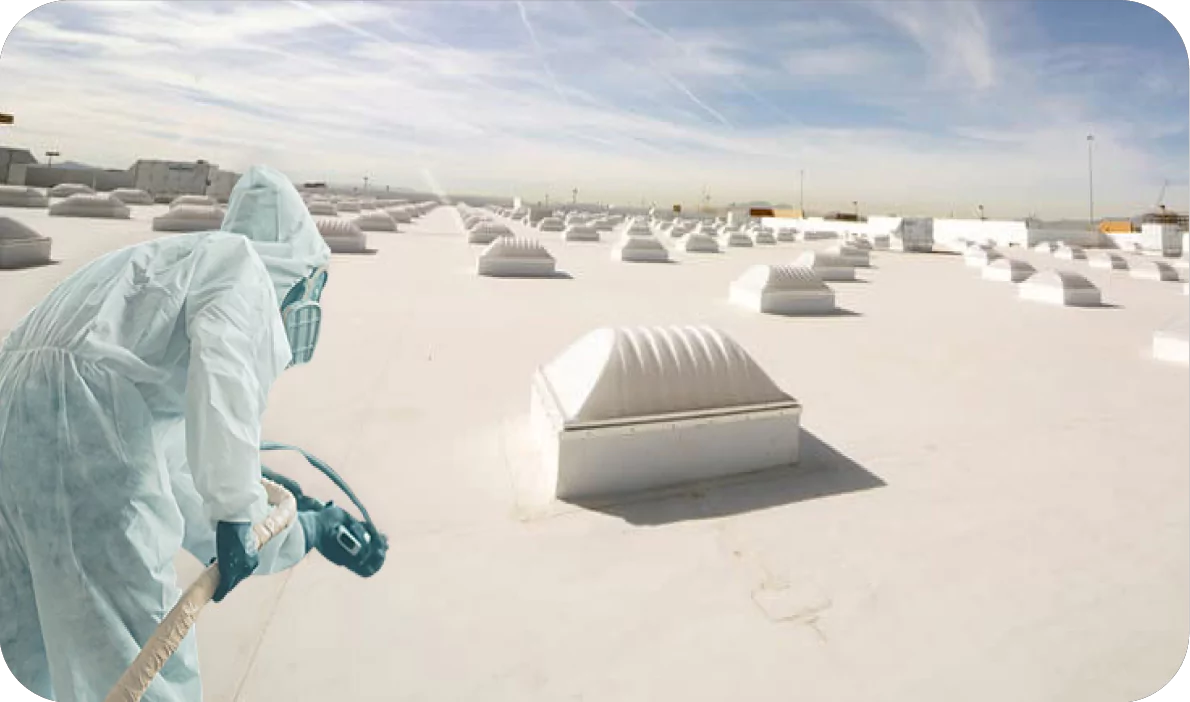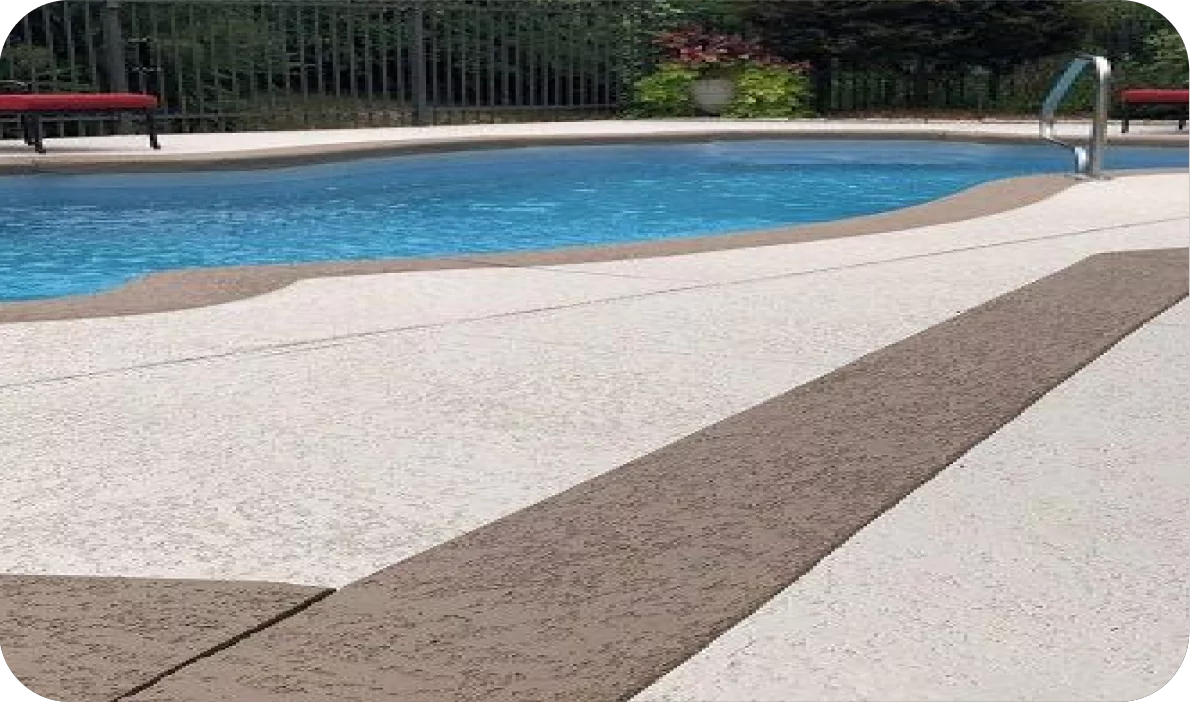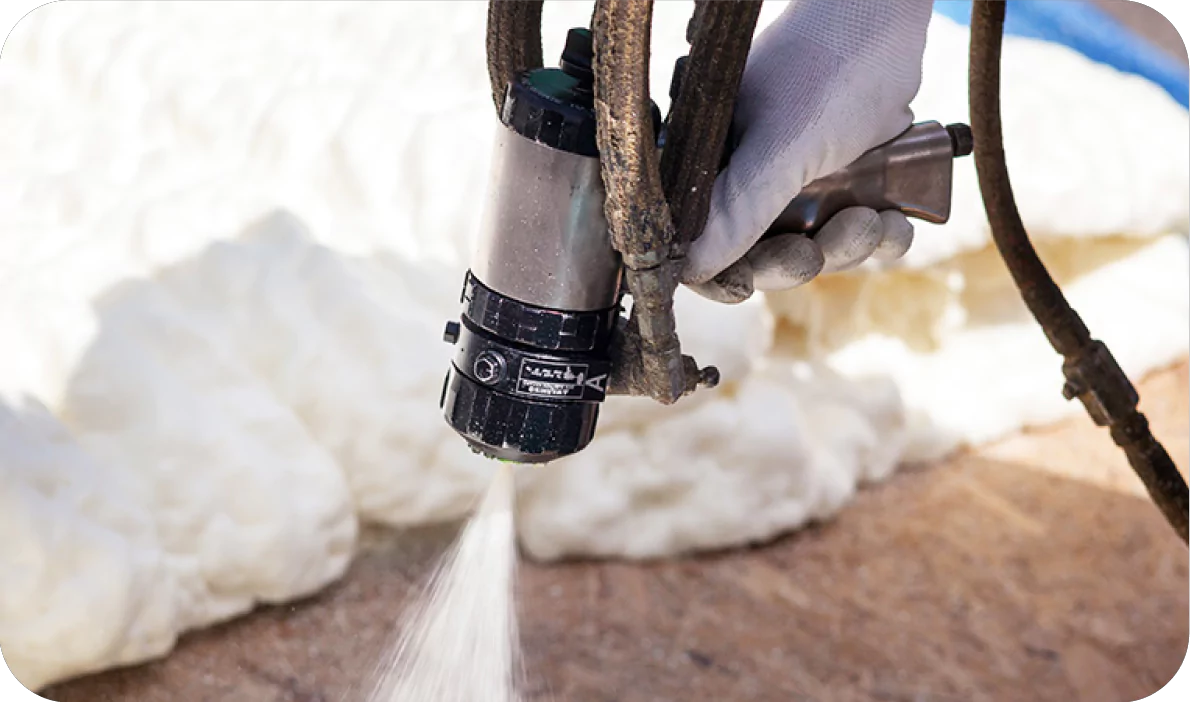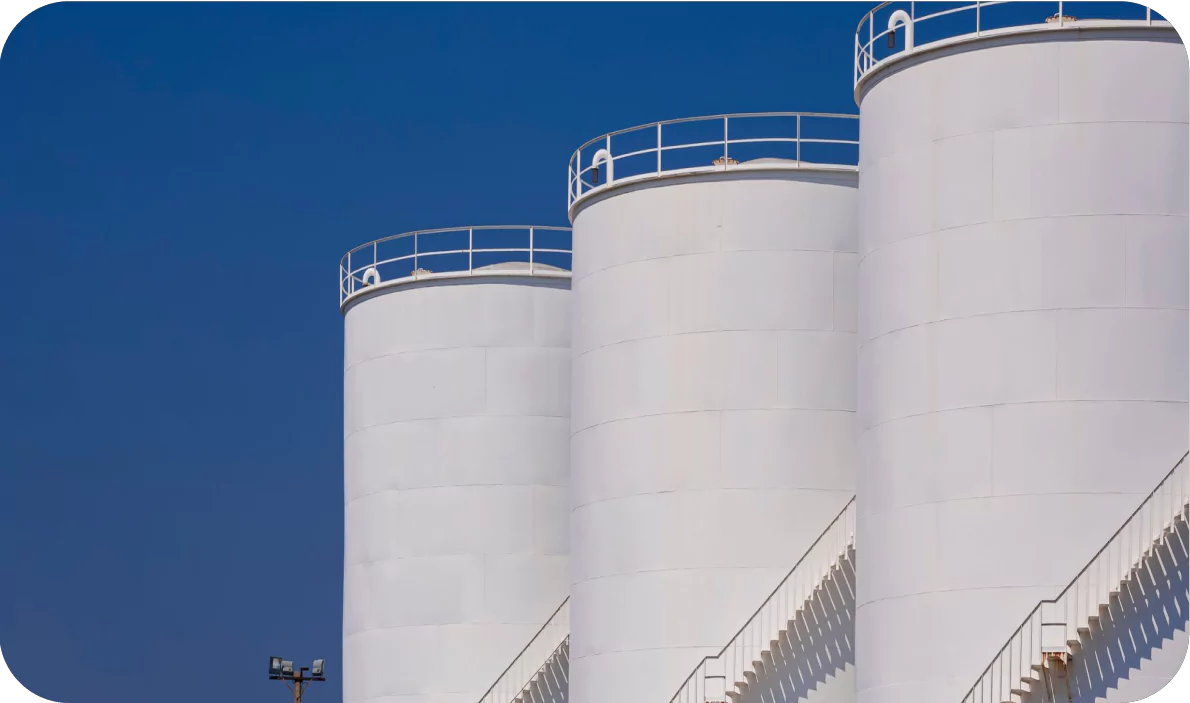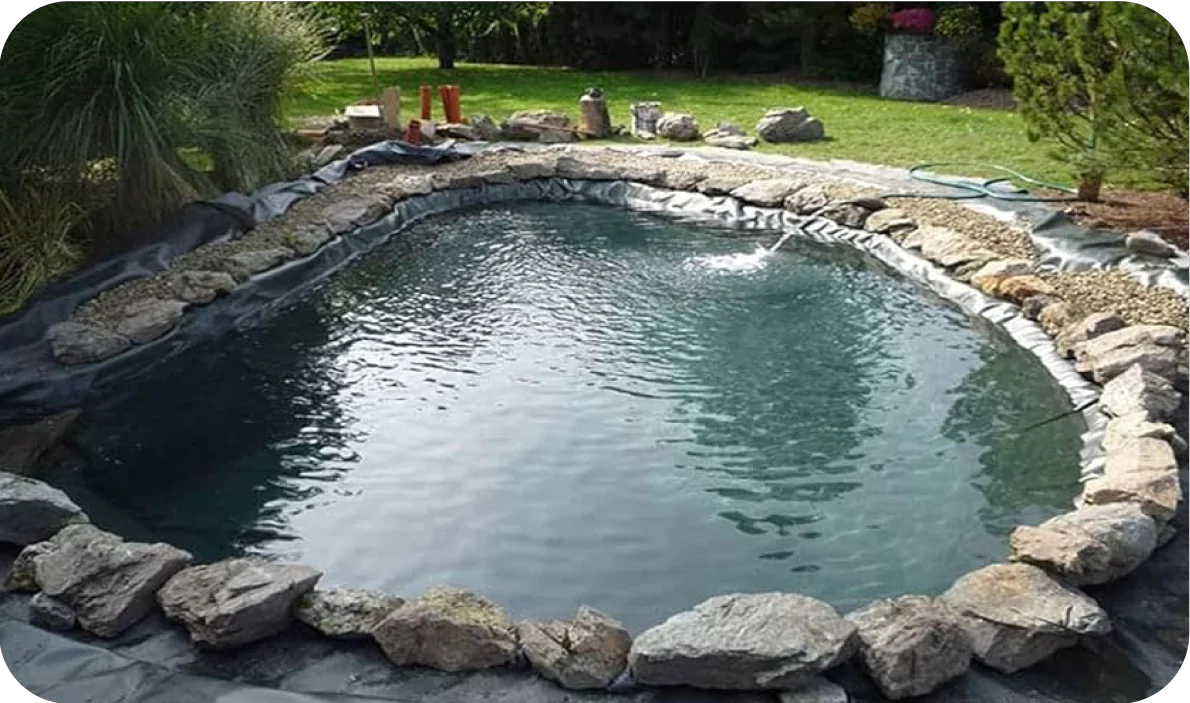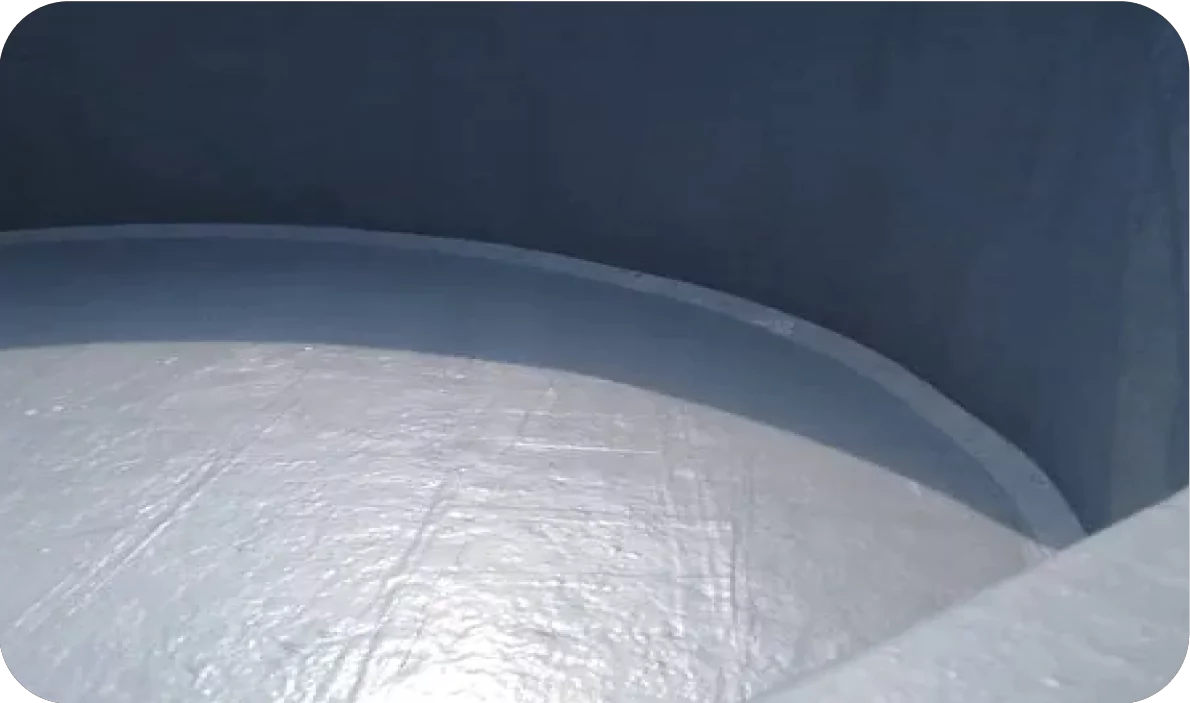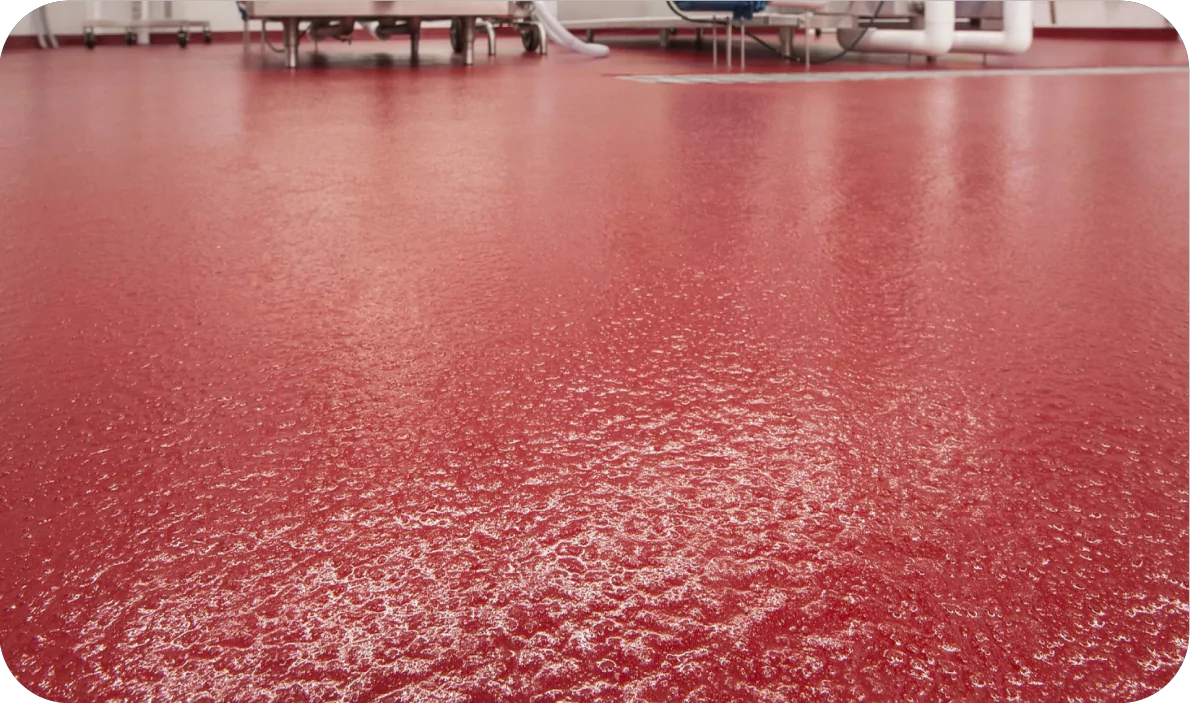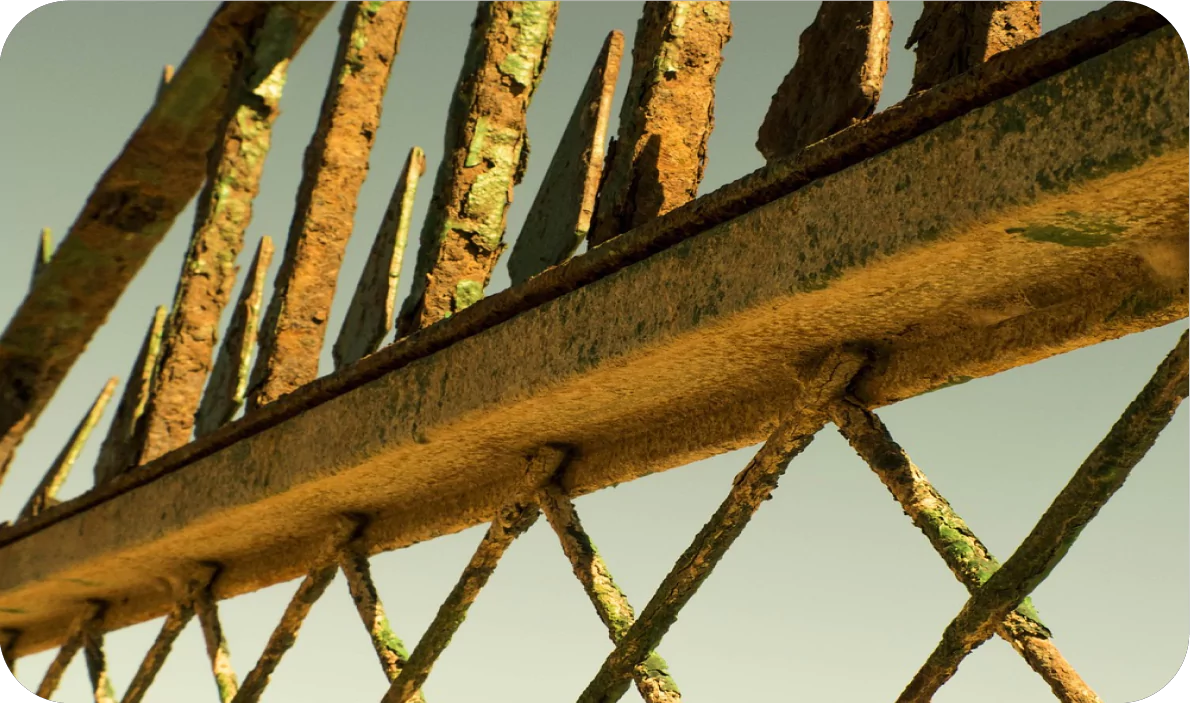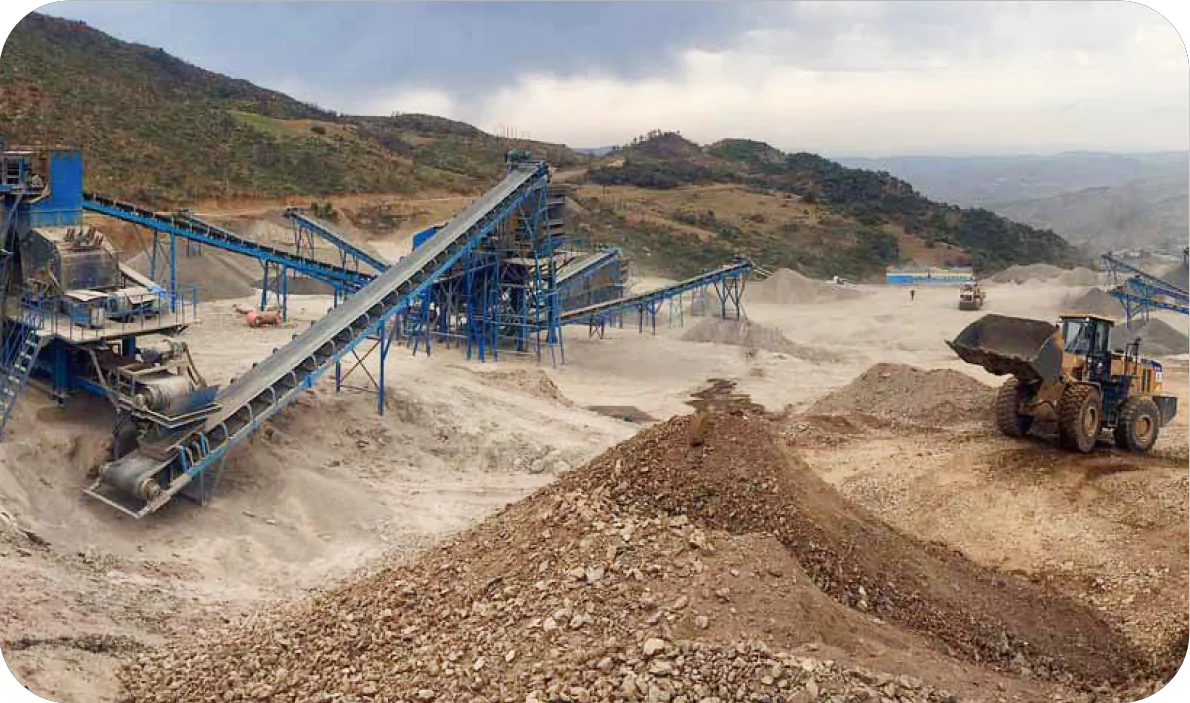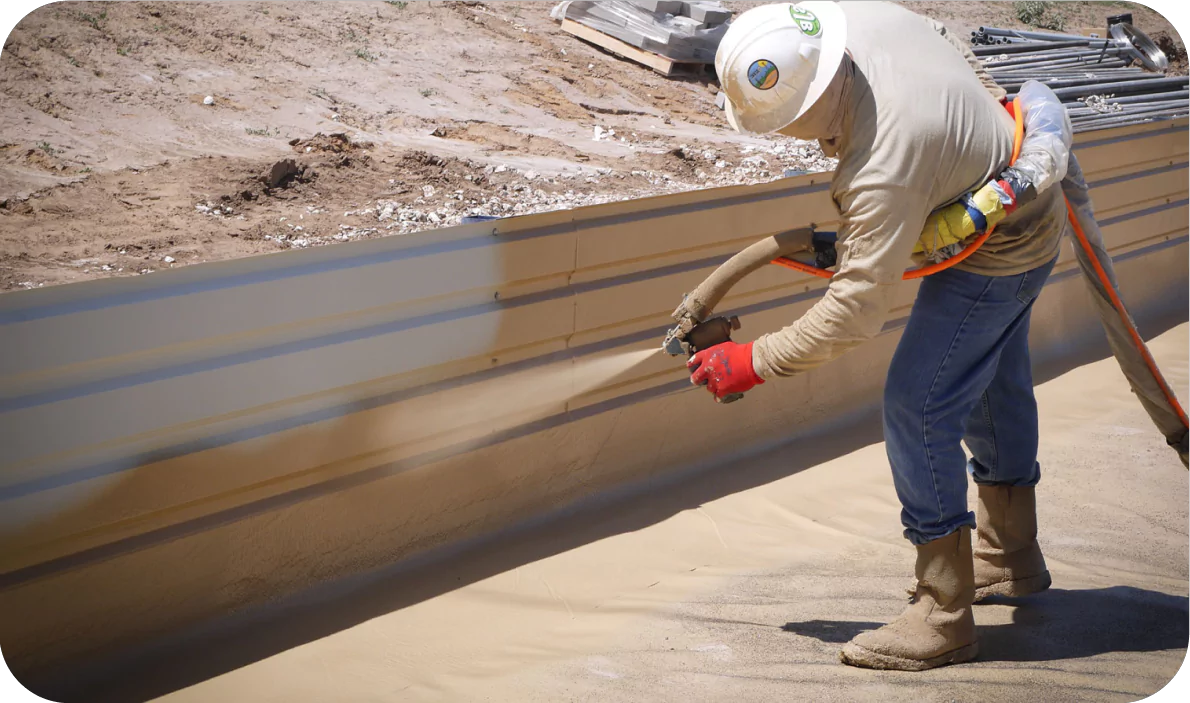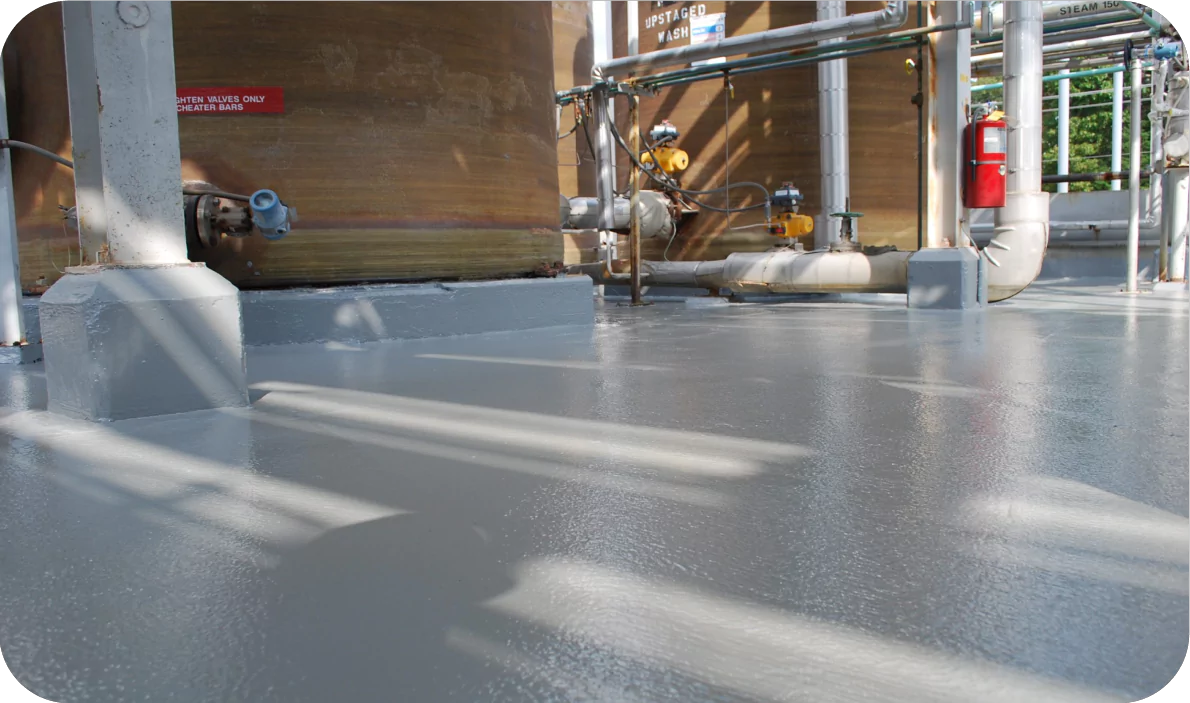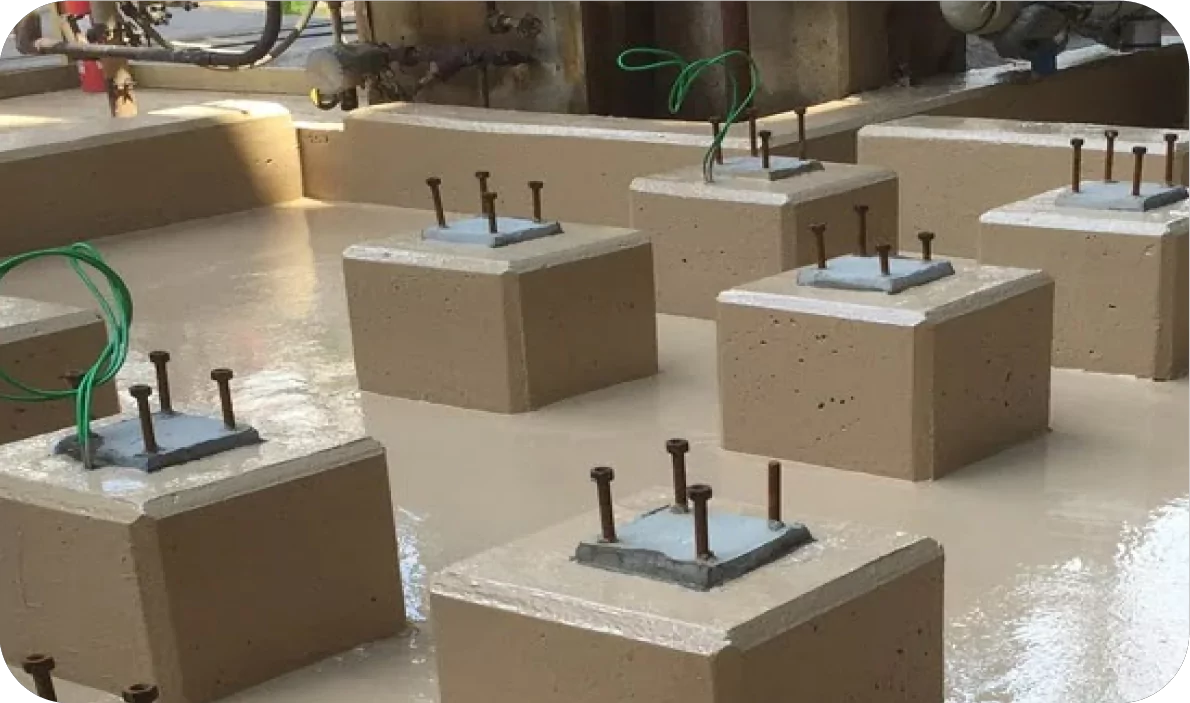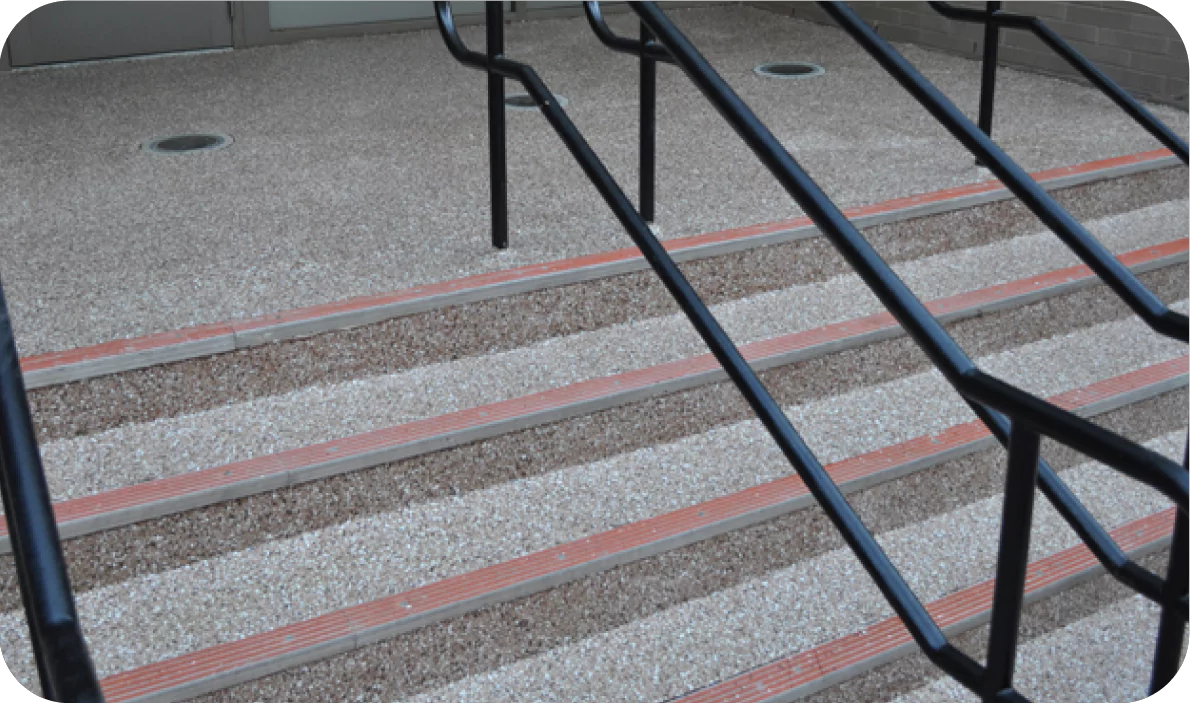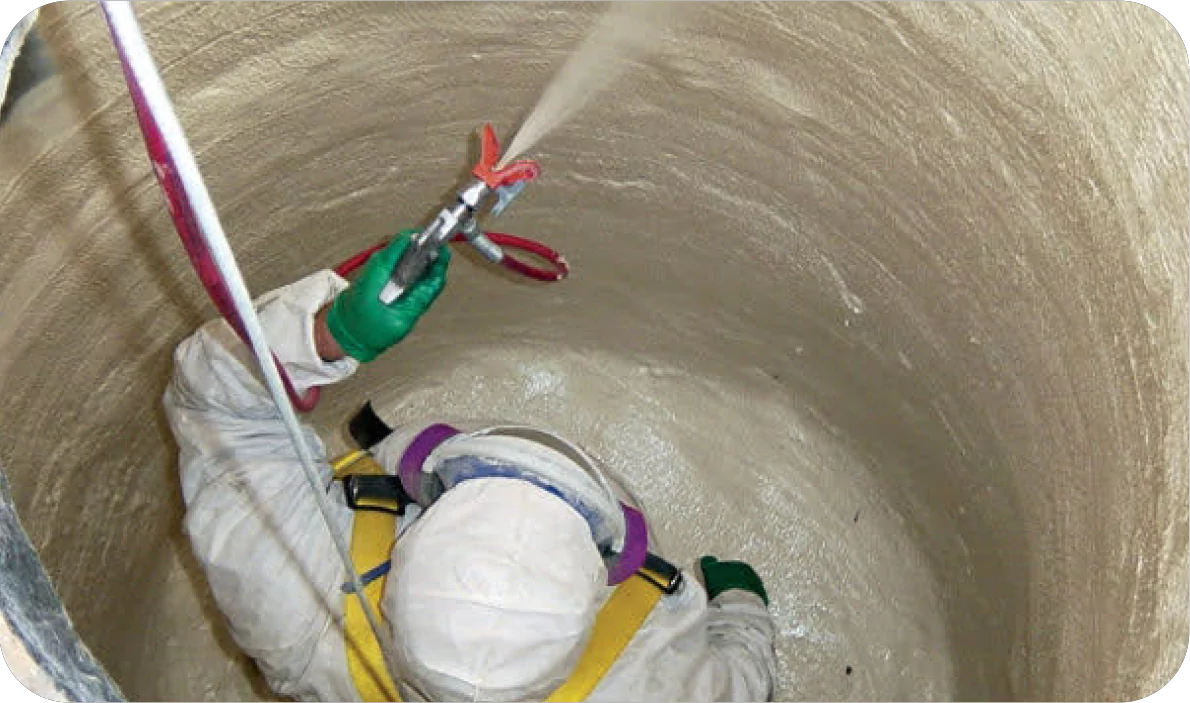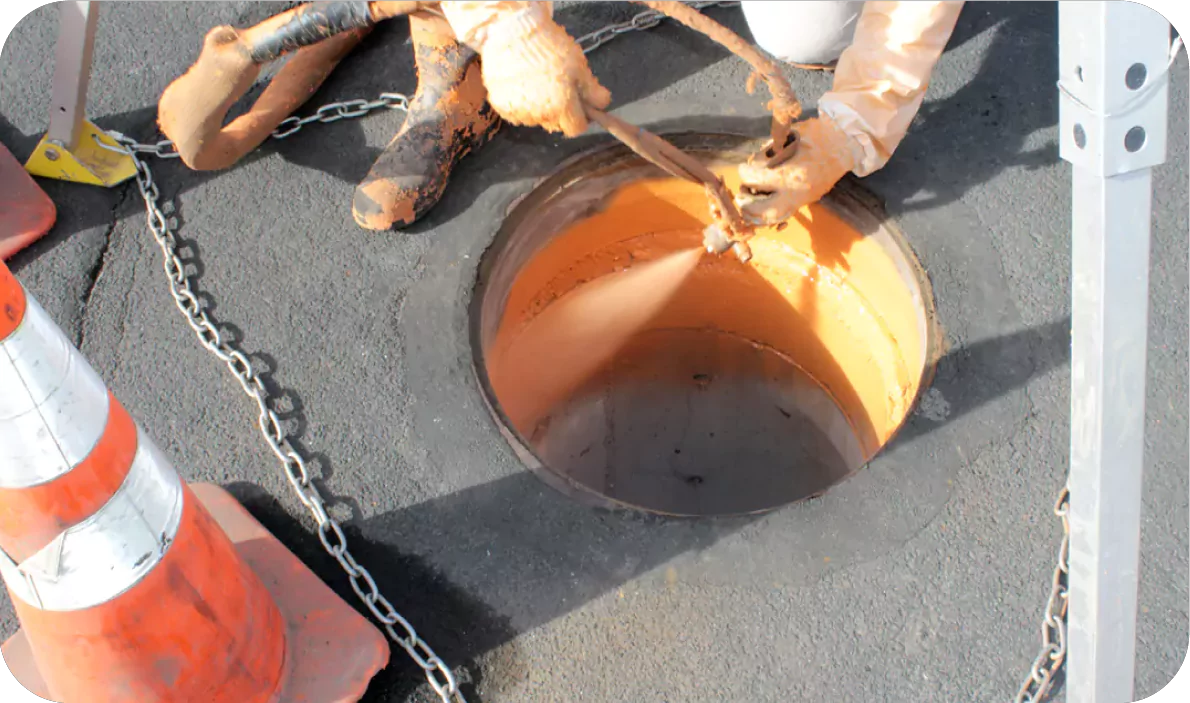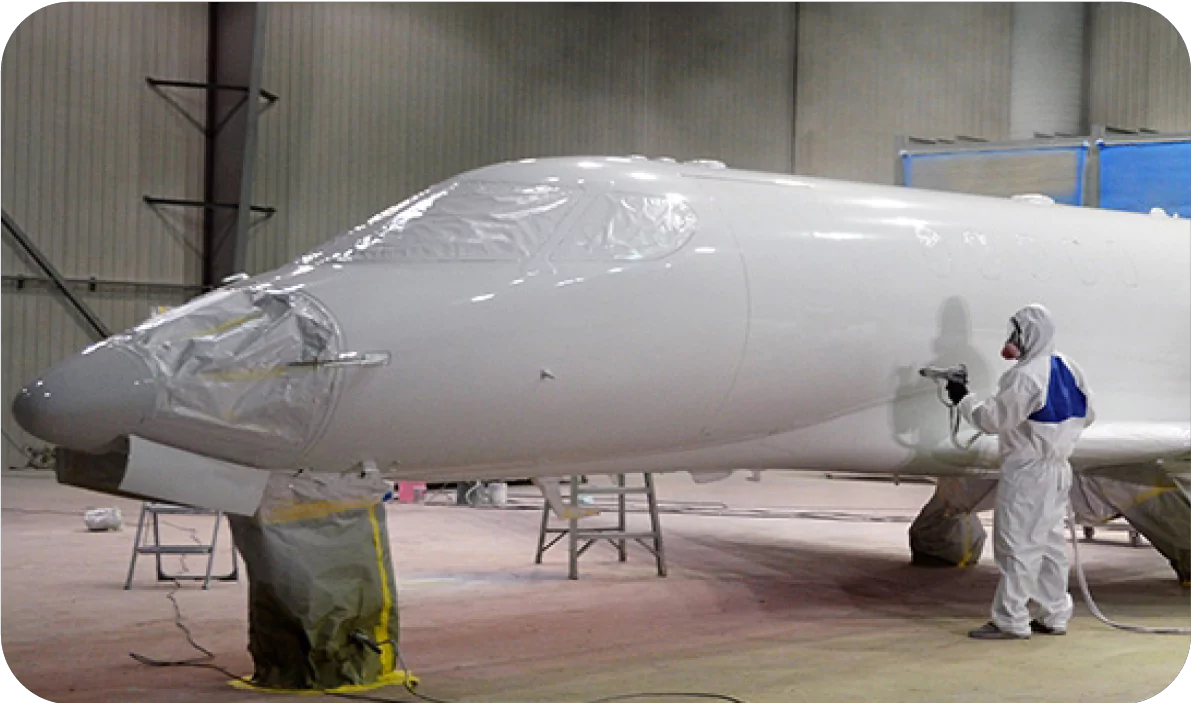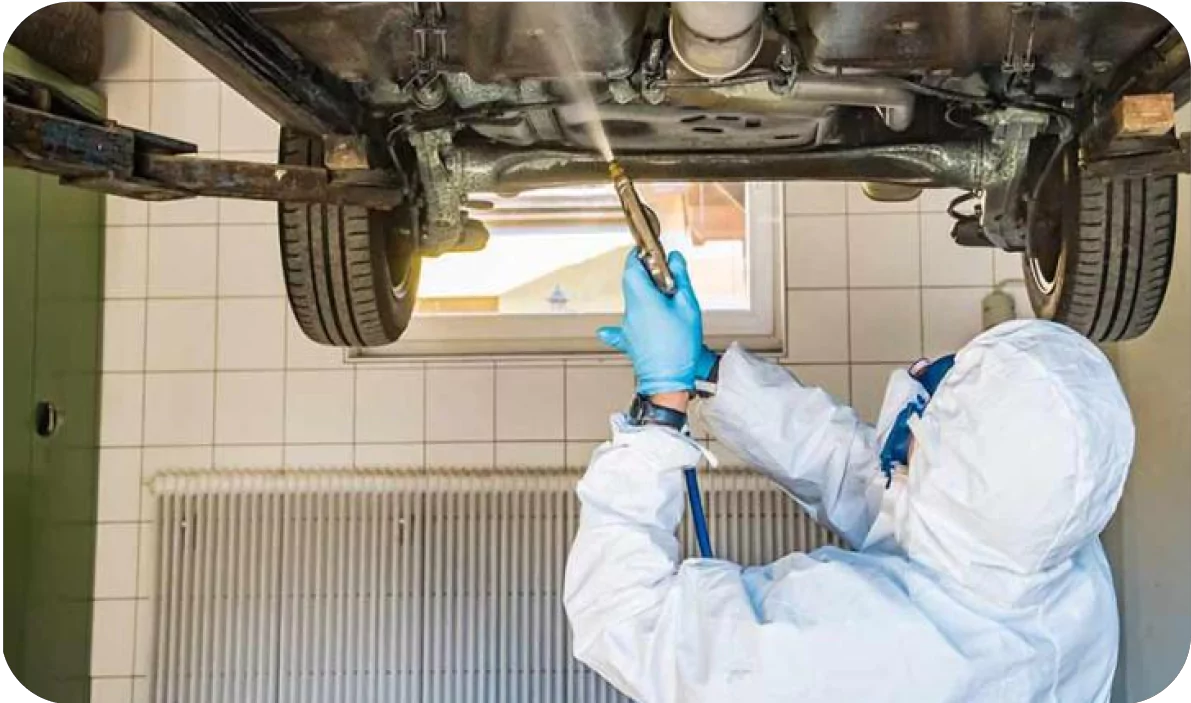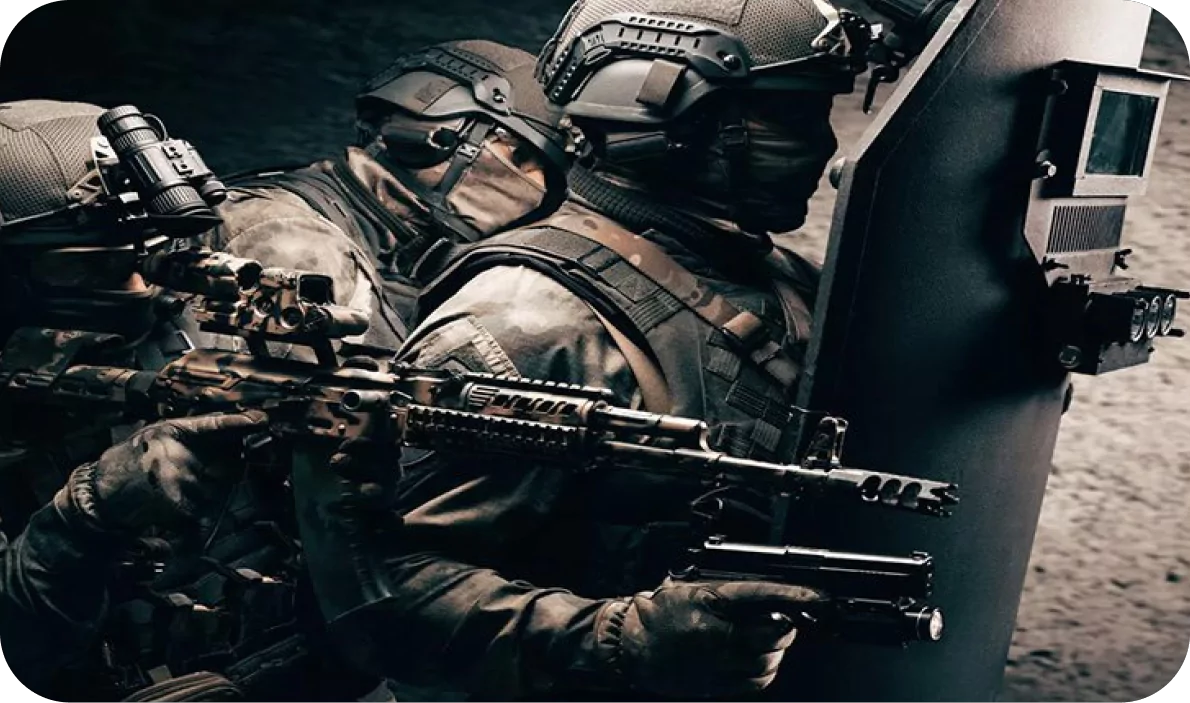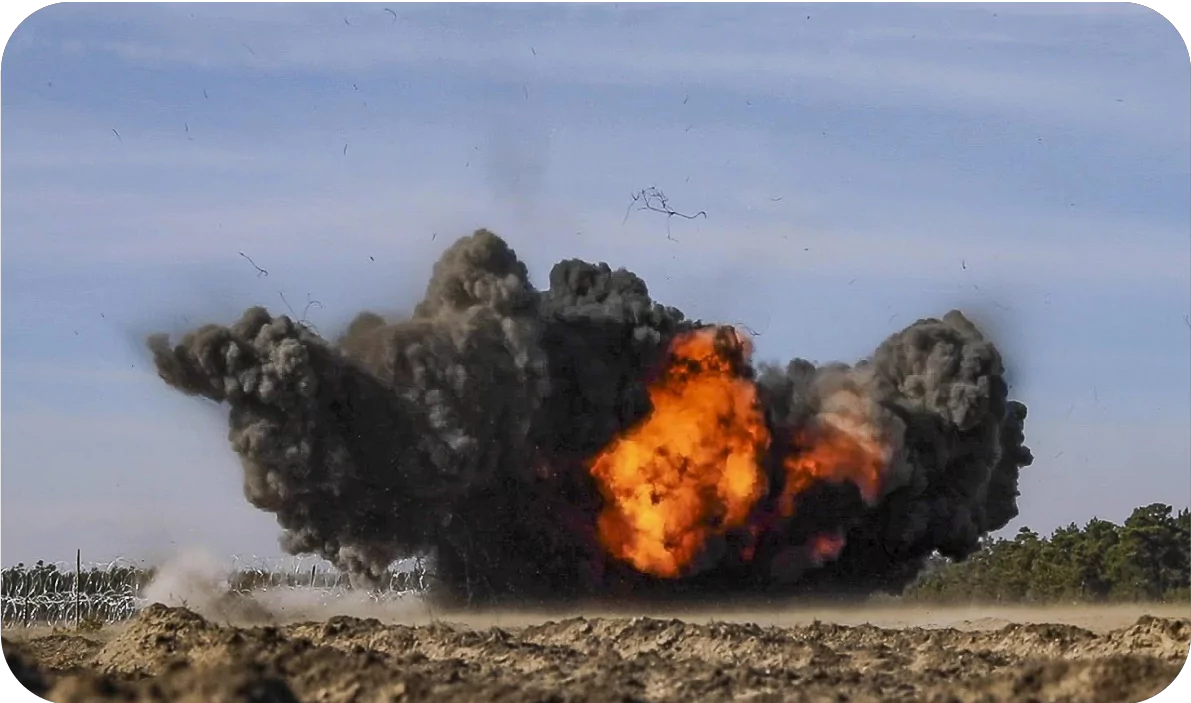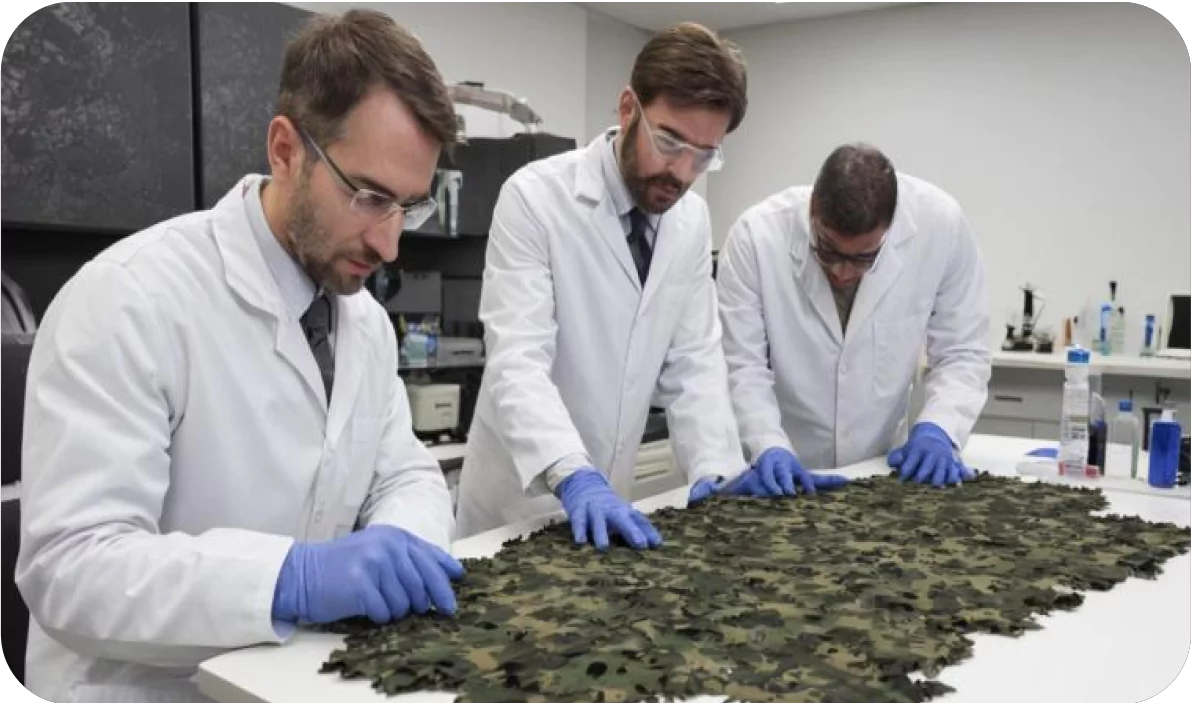BEST CHOICE
DECK COATINGS
Current deck owners know how decks warp, peel and rot even after a few years. It doesn’t matter if painting or applying some special deck coating; surfaces have to be power-washed and refinished every couple of seasons to maintain “the look”. Not so with two-component polyurethane or polyurea spray coatings. While they have to be professionally applied and the initial price may be higher, these become much more cost-effective in no time. The key is having the project done right so it lasts for years. ArmorThane‘s expert trainer, Jack Anderson, shares what the right way looks like.
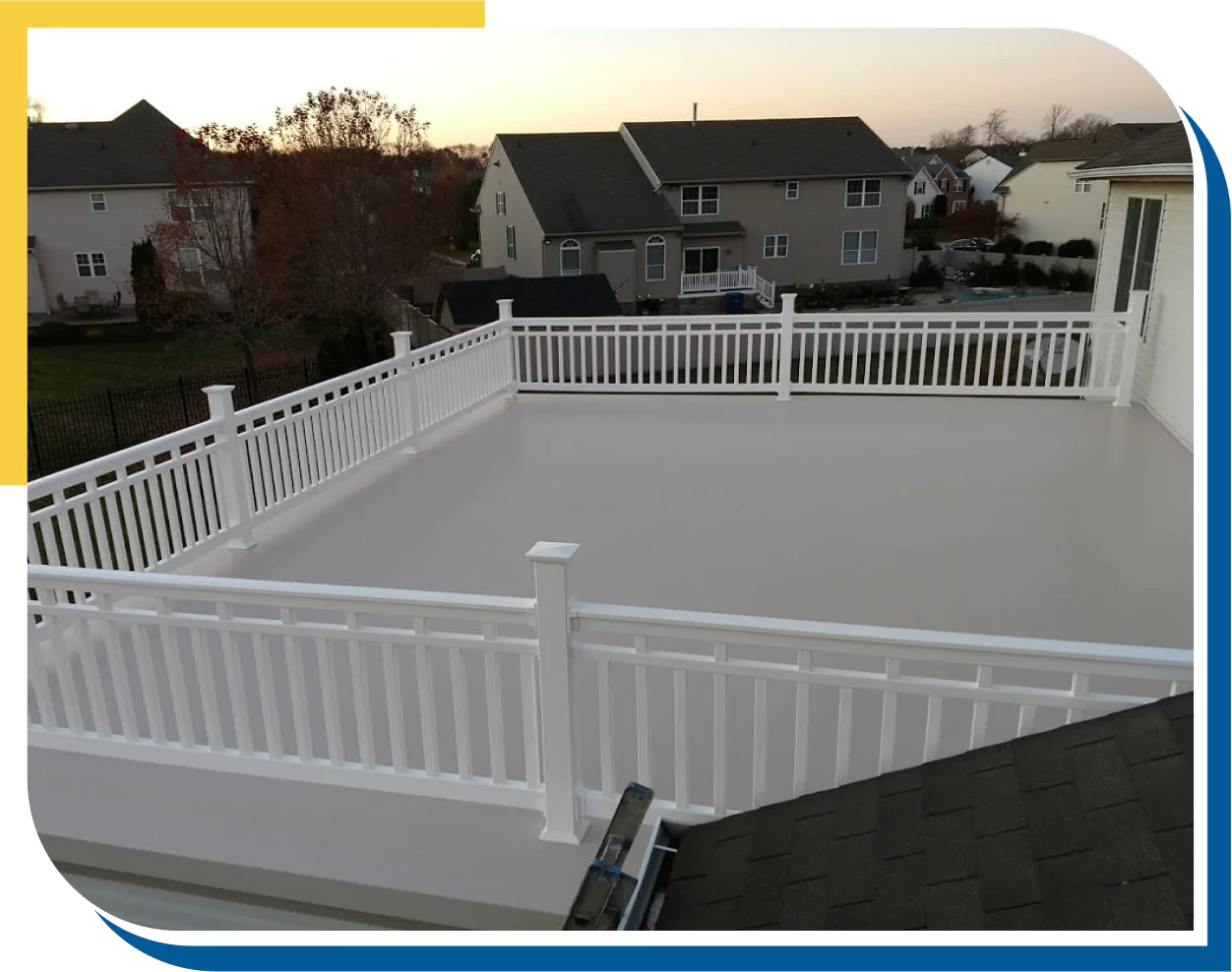
Step 1: Surface Preparation
The first step actually involves three parts: cleaning, masking and priming. In other words, to finish a deck correctly it must be started correctly.
Wood decks have to be dry and clean. It is better to spray a solid wood surface than slats. This ensures the exposed surface is completely sealed. New decks made from treated lumber cannot be sprayed unless the wood has been exposed to the elements at least 6 to 8 months. Exposure allows oil/treatment to seep out from the wood to ensure a long-lasting, durable bonding. All seams and joints should be caulked or filled. Seams should then be sanded smooth. Screw holes should also be filled and sanded.
Masking comes next. Spraying, by its very nature, is airborne and can cause a mess if structures surrounding the deck are not covered with plastic or masking paper. To protect against possible overspray, masking should be applied to a height/width of at least 6 to 8 feet. Wind speed and direction should be taken into consideration for additional overspray concerns.
After masking, thin wire Trim Tape is carefully pressed over the outer edge of the masking tape along the deck. After the final spraying, this wire tape is pulled to cut a smooth, clean edge.
The third part of Step 1 is priming. If moisture or contaminates are a concern in or on the deck surface, one thin coat of Primer/Sealer is applied with a roller. Spraying the ArmorThane polymer over the Primer/Sealer while it is still “tacky” also helps create a stronger bond. One trick that Anderson uses to prevent adding dirt and debris when walking on a tacky surface is to wear plastic booties over his shoes.
Step 2: Equipment Set Up and Safety Check
With the deck ready to spray, the next step is to lay out the hose and gun. This determines if there is adequate hose length to reach the farthest point of the deck or if the machines need to be repositioned. Laying out spray hoses, breathing hose and compressed air hoses to stay behind the applicator will greatly aid in the speed and quality of the application process.
Safety during the entire spray process is essential. This includes protecting eyes, nose, mouth and skin. The applicator MUST ALWAYS WEAR ALL REQUIRED SAFETY EQUIPMENT: booties, full spray suit, gloves, head sock, eye and ear protection and a supplied fresh air respirator. Personnel aiding in the spray process close to the applicator must also have on a respiratory spray mask and gloves, at a minimum. All other people need to remain a safe distance from the applicator and overspray.
Step 3: Application of Protective Coating
Spraying is done by walking backwards and spraying forward. Applicators start by spraying all the seams before applying the first full coat.
Several coats are added until the desired thickness is achieved (minimum total thickness: 1/16” or 60 mils). With a 5-second set time, each coat can be quickly applied one after the other. Spraying over the seams with each additional coat and blending into the adjacent areas of the deck surface will allow the seams to “disappear”.
Step 4: Texturing (Optional)
After the 3rd or 4th coat, the surface will be smooth, even shiny. The surface can be left like this or textured. Texturing is done in two ways – one is by applying aggregate and the other is using the ArmorThane polymer in a texturing spray technique.
The texturing procedure serves a three-fold purpose:
- Creates a more slip-resistant surface
- Adds durability to the deck surface
- Helps bond “loose” aggregate that has been sprayed on the surface
DOUBLE GUN AGGREGATE TEXTURING: Several materials can be used and are available in fine, medium and coarse. ArmorThane Filler is commonly sprayed for a medium texture.
As the final coat of polymer is being applied, the applicator simultaneously uses a handheld sandblasting gun to start spraying the stream of aggregate/filler directly into the stream of the ArmorThane coating. This continues until the desired “grip” and look are achieved.
As soon as this double-gun process is completed, the applicator immediately continues texturing the surface using only the gun that is spraying the ArmorThane coating. This is done by holding the gun 7 to 8 feet away from the surface and quickly spraying back and forth to bond any loose aggregate.
SINGLE GUN NON-AGGREGATE TEXTURING: This technique requires spraying a final coating that is “rougher” than the process of spraying the first 3 or 4 coatings.
Using the same ArmorThane polymer but holding the gun further away (7 to 8 feet from the surface), the applicator quickly sprays back and forth. This allows the coating to fall as droplets. Anderson warns to watch for increased wind speed that may create additional overspray using this high spraying technique. He also urges applicators to check frequently for even texturing. The more spraying done, the rougher the texture becomes.
Step 5: Trimming
As with the importance of the first step, trimming will make the difference in the deck looks shoddy or professional. The key is to start with the loose end of the trim tape wire and slowly pull with a steady, controlled motion to prevent the coating from coming loose. This removes the masking materials and creates a smooth, straight edge.
The trim tape should be pulled after completing each section. Waiting too long may cause it to fail and break against the hardening polymer.
As the masking tape and plastic or masking paper are slowly taken away, the edges are checked for any rough residue. This can be fixed with a knife. Anderson cautions to keep the knife blade sharp to maintain a smooth edge.
Returning the Surface to Service: While the polymer dries quickly, the deck takes longer for the “final cure” to become tough and resilient. A finished surface can be walked on in 45 minutes to 1 hour and after an additional hour it will withstand any adverse weather conditions. Waiting 24 hours is recommended for heavy foot traffic and resetting furniture.
Spraying Tips: With years of experience, Anderson has learned many shortcuts and preventive steps working with applicator dealers around the world. Here are some added tips:
- During the spray process, using a leaf blower or clean, dry compressed air will keep the area clean and free of debris.
- With a second person to keep equipment out of the way for the applicator, the project goes faster and improves the quality and appearance of the final deck coating.
- The gun tip must remain clean during the application process so that the spray pattern is uniform and not too heavy, too light or forming pattern variations.
- Covering the entire gun except the nozzle with a clear plastic bootie protects it from overspray. By keeping the gun clean, there is less change for clogging which delays the project and requires downtime. Clean up is also easier.
- To ensure a more uniform-looking surface, maintain a consistent spray pattern throughout the process. It is best to have only one applicator do a project.
If done correctly, a polyurethane or polyurea deck will last for years with a weatherproof, low maintenance surface. The overall goal of these deck projects is to create a look that both the owner and the applicator are proud to show.
